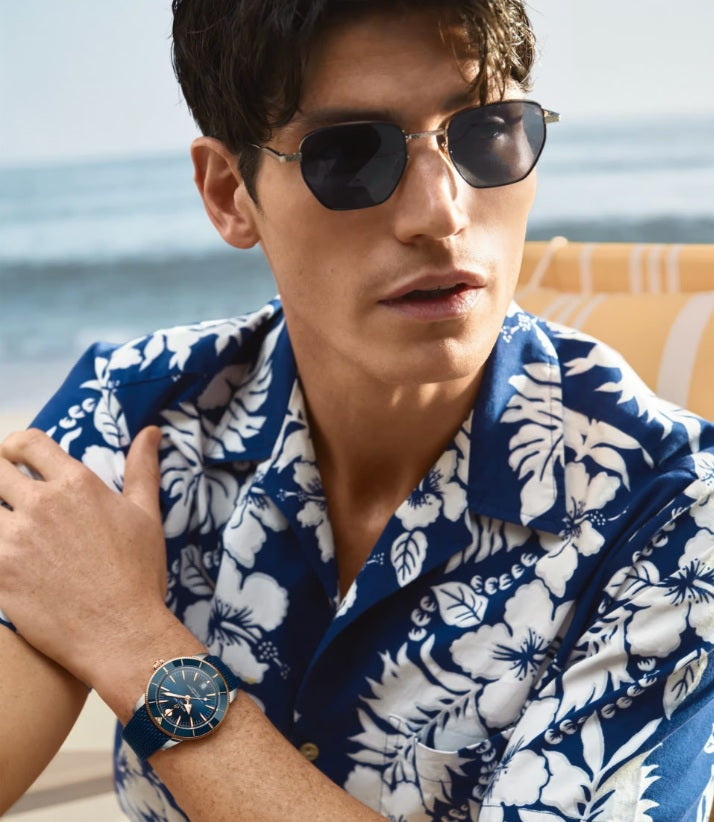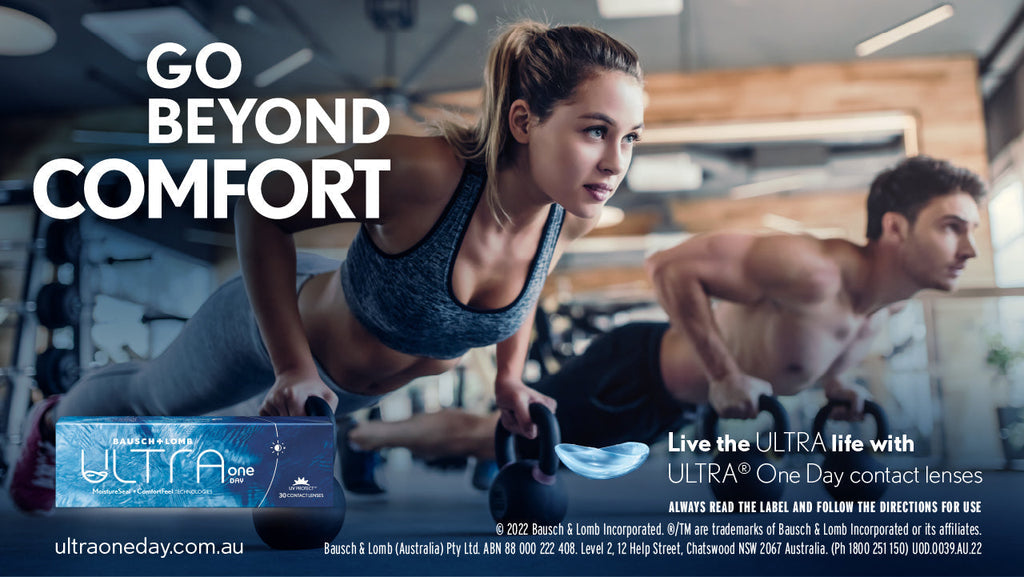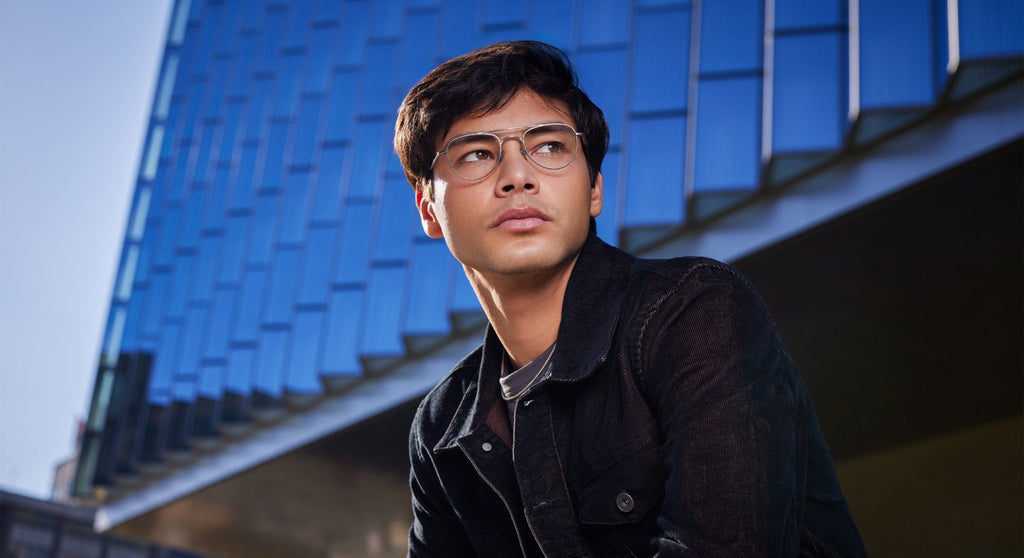
Seeing the Difference: What B.I.G. EXACT Sensitive Lenses Are Really Doing for My Clients

If you’ve ever felt that your glasses almost get it right yet there’s still something off when reading, driving at dusk, or glancing from near to far, then what I want to share today might change your view entirely. After putting thousands of clients into Rodenstock B.I.G. EXACT Sensitive lenses, I’ve witnessed first-hand what this next-level technology is capable of. And I’m excited to pull back the curtain, what people are saying, what I’m seeing, and why this may well be the smartest lens design we’ve yet adopted.
What Makes “Sensitive” Different (Beyond Biometry)
You may already know about biometric lenses, for example, the original B.I.G. EXACT lenses, that use detailed eye measurements (via the DNEye scanner) to produce a customized lens surface rather than relying on “average eye models.”
But B.I.G. EXACT Sensitive goes a step further by incorporating your visual sensitivity. Essentially, the way your visual system (eyes + brain) responds to slight imperfections, aberrations, or blur is compensated for by the lens. Rodenstock calls this the Visual Sensitivity Index.
Here’s why it matters. Two people might have very similar biometric data but vastly different tolerance to visual “noise”. One might be disturbed by tiny distortions, while another might hardly notice them. The “Sensitive” lens algorithm adapts to that.
Rodenstock’s trials show:
- Lenses for high visual sensitivity make vision clearer and more comfortable, giving up to 42% larger areas without distortion, so you experience fewer visual distractions.
- For those whose eyes are less sensitive, these lenses smooth out the changes between distance and near and reduce side-vision distortions by up to 30%.
- In test wearers, participants reported 24% better vision flow, 28% improved reading flow, and 35% better visual orientation across fields.
- 83% preferred the new Sensitive design over their previous lenses.
In short: this isn’t just a finer tuning it’s a whole new dimension of personalization, especially for people whose visual systems demand more precision.
What My Clients Are Telling Me (and What I’m Seeing)
Beyond the lab data, here’s what’s emerged from real-world experience:
Reported Experience
“I feel like I’m not wearing glasses.
“Reading is smoother, my eyes don’t fight.”
“Driving at night feels calmer and I have less glare.”
“I can turn my head and look across more naturally.”
“Colour and contrast seem more vibrant.”
One particularly telling case: a client who had been complaining for months about subtle motion sickness when walking while wearing progressive lenses switched to Sensitive designs. She reported that the “swim effect” was virtually gone within hours. That’s a dramatic shift in perceived stabilisation of the visual scene.
Another: a client in her 60s who has always struggled with intermediate zones for computer and reading tasks found the transition between screen and surroundings almost seamless. She said it felt like the lens was “following her gaze.”
Why This Matters (Especially for You, the Wearer)
You might ask is this just a “premium lens” upgrade, or is there real, perceivable value?
Here’s why I believe it matters:
- Visual Flow = Less Cognitive Load
Every moment your eyes transition, near to far, periphery to central your brain is working to stitch together a consistent image. Distortions or misalignments force the brain to correct or “ignore” anomalies. The smoother that flow, the less strain. - Precision for the Sensitive Eyes
Many standard lenses “push” small residual distortions into peripheral zones but the most visually sensitive eyes still notice them. The Sensitive design aims to redistribute and contain those distortions where they’re less bothersome. - Faster Adaptation
Because the input is more harmonious with what the brain expects, adaptation tends to be quicker and easier. We see fewer complaints about “strange sensations” or “tiredness” in early wear periods. - Better Performance in Real-Life Tasks
Reading, digital work, driving, walking in busy environments, multitasking with screens and surroundings. These are the challenges we face every day. The lens isn’t just about optics it’s about meeting the demands of real, dynamic vision. - Future-proofing Your Vision
Wearing a lens that accounts for both eye structure and sensitivity means that, as lens and eye tracking technologies evolve further, your eyes are ready to benefit from future enhancements.
A Few Things I Learned (So You Don’t Have to)
- Not everyone will feel a huge transformation. For clients with lower visual sensitivity, the gains are more subtle but still meaningful (e.g. smoother transitions, less fatigue).
- Precise data capture is essential. Because the design is so tailored, any error or misalignment in measurement can compromise the result. The DNEye scan must be done meticulously.
- Expect good, not instant, in complex prescriptions. High cylinder, irregular corneas, or very strong adds may still push limits, especially in peripheral zones. The results are better, but not magical.
- Frame choice still matters. As with all premium lenses, selecting stable, well-fitting frames helps ensure the designed geometry hits the eye as intended.
- Manage expectations. Some zero-to-hero “wow” stories will happen, for others, it’ll be a more gradual discovery of comfort and subtle gain.
The Bottom Line
When we first introduced the DNEye scanner here in Perth, I was blown away by how much sharper and more personalised vision became with Rodenstock’s biometric lenses. Clients raved about the clarity, and for good reason. With the new B.I.G. EXACT Sensitive upgrade, that experience has gone to another level.
In all my years fitting lenses, I rarely see a step-change like this in client satisfaction. Sensitive doesn’t just deliver precision optics, it creates a smoother, more natural flow of vision that clients tell me they can feel in everyday life. We’re genuinely thrilled to see how much our clients are loving them, and I can confidently say this is one of those upgrades that pays for itself in daily comfort, clarity, and confidence.





